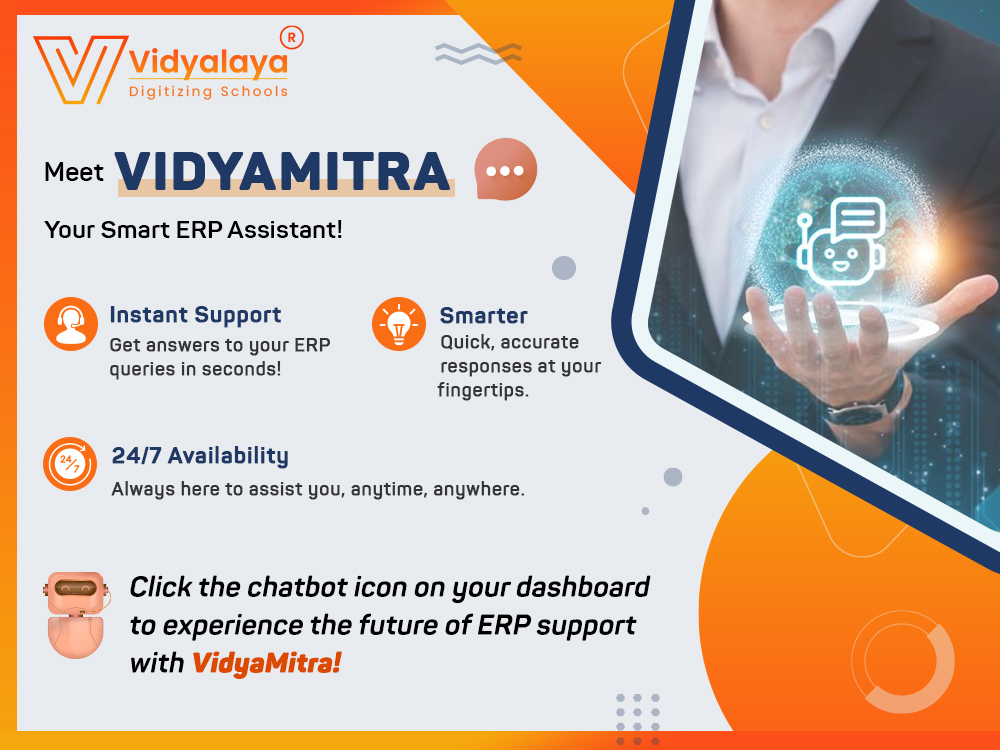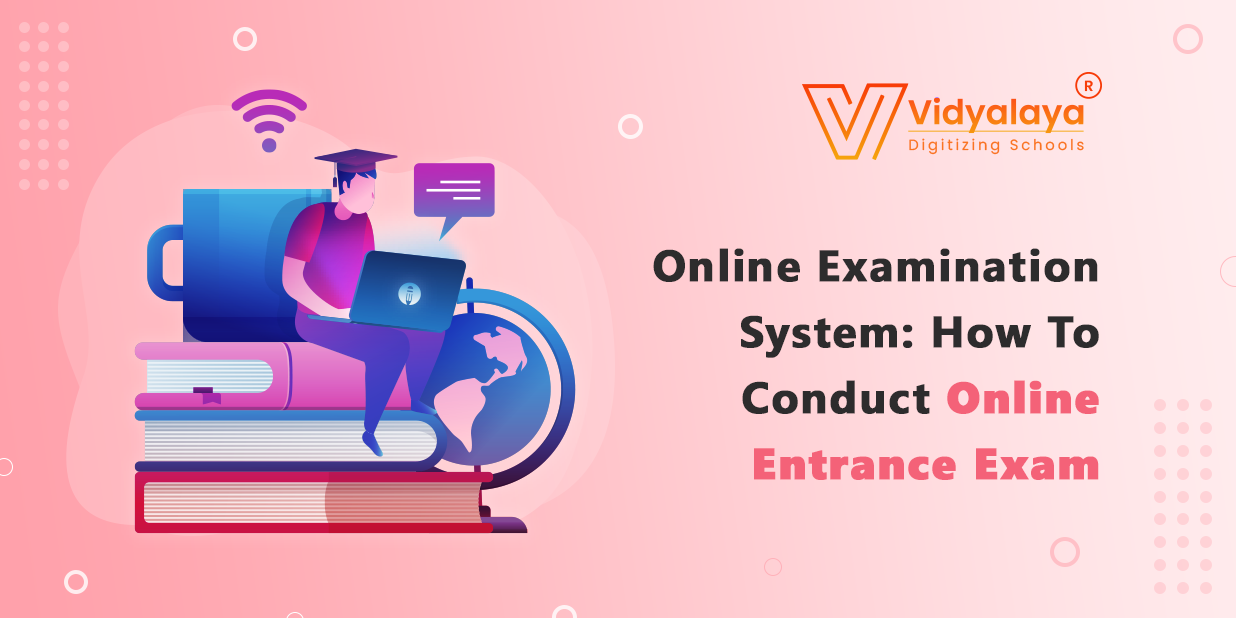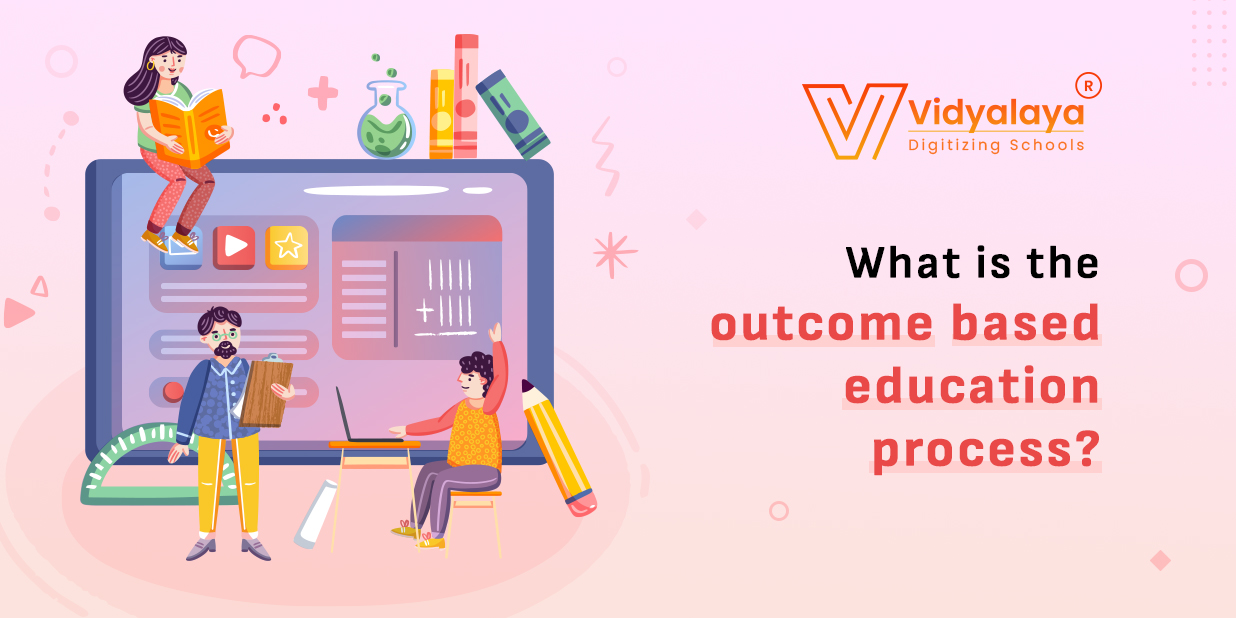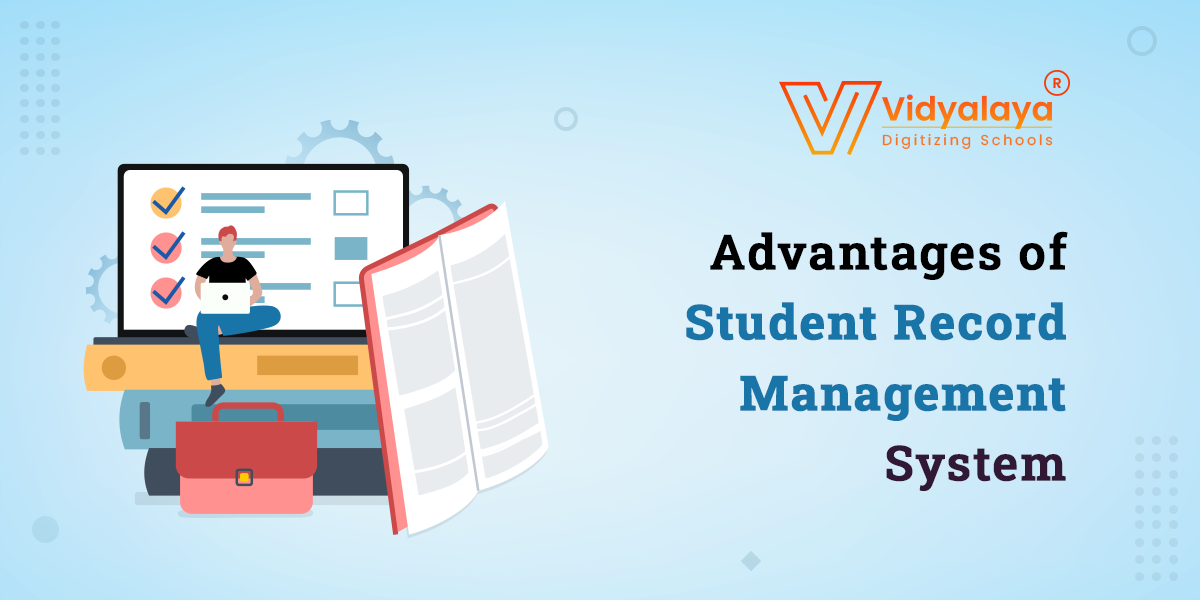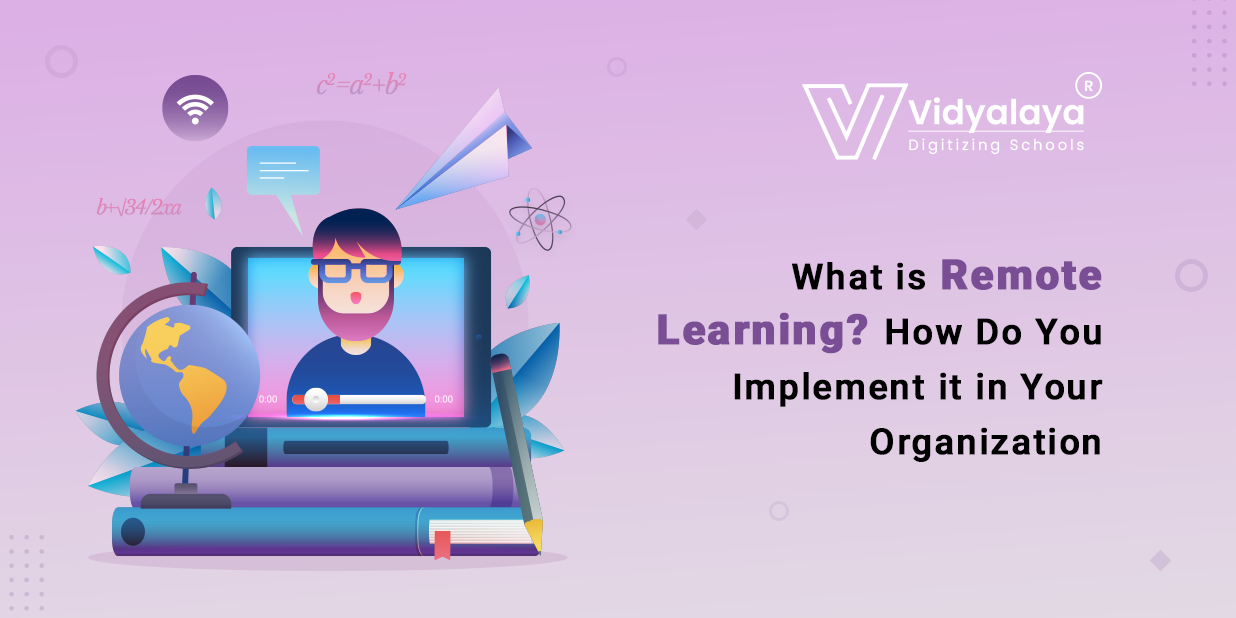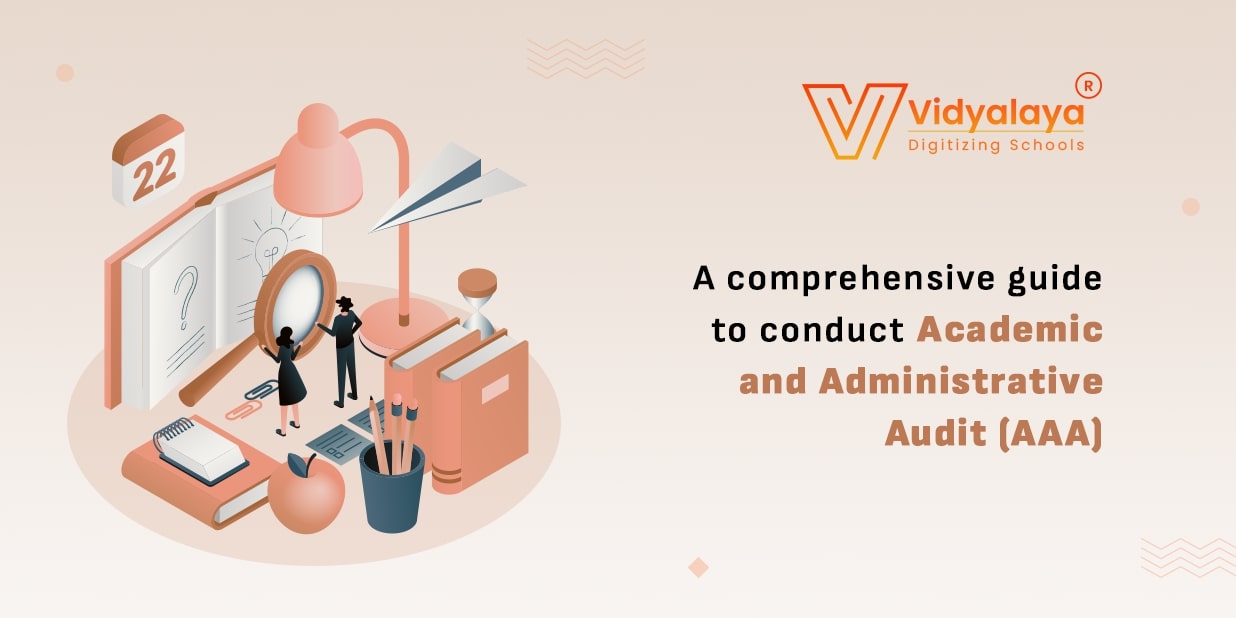Entrance exams are now settled in India and are the gateways of every higher education course. However, conducting an entrance exam is different from ordinary exam management. As thousands or sometimes millions of applicants are applying for the same exam, qualified verifications of candidates, higher accuracy expectancy, quicker evaluation, and broadcasting of results make the management of online exams more tedious. The manual approach fails to meet these high-end requirements. So, dedicated software for online entrance exam is a must to have for every institute. If you are still relying on the traditional approach, then this write-up may change your mind!
Why to go for an Entrance Exam management software?
An entrance exam, when conducted using an entrance exam management software brings a lot of benefits. They cover:
- A dedicated online entrance software provides better flexibility and security for the examination process.
- With the automated system, an online entrance exam management software calculates results faster and with better accuracy.
- An online entrance management system reduces your infrastructure and exam moderating costs as students can appear from their homes also and evaluation is done by the software itself.
- Not only objective type exams, but this system facilitates subjective exams also and can enhance the experience with tools like speech-to-text, image upload, etc.
- Smartly designed online entrance exam can design question papers and reduce the probability of paper leakage.
How to conduct entrance exams using an entrance exam management system?
Once you have learned how an online entrance exam software can eliminate your exam phobia as an institute runner/teacher, let’s learn the steps of implementation of the software:
1. Analyse the requirements of the software:
When you think of going with an online entrance management software, the first thing you need to do is to determine its core needs. On an ideal note, it is decided by configuring the program you are providing. When you come up with a clear requirement base, just you need to find a reliable ERP vendor that can match your requirements.
2. Define the pattern, rules, and grading:
Proceed with the designing exam pattern, rules, and grades. Discuss with the panel members and hand over the information to the vendor team. At the end, the software should enable you to:
- Design exam pattern- Subjective/Descriptive
- Define the rules of the exam
- Specify the timings and requirements
Being an automated process and predefined rules, you don’t need to evaluate the results after the completion of the exam. Not only this, shortlisting and displaying the candidate list will be handled by the software itself.
3. Proctoring through AI:
Proctoring exams in a manual approach comes with lots of hassles like arranging moderators, paying them, taking actions on false-play, and others. However, this doesn’t guarantee a 100% success rate. To handle this issue, an online entrance exam system integrates AI-proctoring tools so that moderators can keep a tab on students’ activities. This is really helpful in eliminating the malpractices and proxies.
4. Auto-evaluation of answer sheets:
Mark evaluation in a manual approach is a daunting task. Teachers need to spend many sleepless nights assessing the answer sheets, preparing the report cards, and setting them according to criteria. But the online Exam Management System makes it easy and automatically calculates the marks with 100% accuracy.
5. Online result declaration:
Finally, the last step is the result declaration. Students often need to wait for months when evaluation is done in manual mode. This period brings lots of boredom and can be shortened to proceed with the process quickly. An Entrance Exam Management Software displays the results quicker within a short span. Irrespective of a number of applicants for the exam, the software performs its task with the same accuracy and efficiency.
How Vidyalaya can help you with the implementation of an online entrance exam?
Vidyalaya’s top-notch school ERP system is integrated with an online examination module that will definitely reduce your load of the examination process. Be it generating question papers, exam conduction or broadcasting final merit list, Vidyalaya’s school ERP has answers to all hassles. It can help you with all phases of the examination process:
- Creation of question papers
- Schedule entrance exam and help in defining rules and regulations
- Student login and verification
- Exam conduction for various modes
- AI-proctor the exam
- Auto-evaluation and generate the scores
- Declare results
- Sorting and reporting
Ending up!
Entrance exams are getting higher significance and sometimes the scores of entrance exams are considered more than academic scores. So, they remain to be here in the future as well. A dedicated software for online entrance exams is the need for the hour. It is cost-effective, flexible, and scalable too. With a diverse portfolio in the kitty, the software can be designed such that it can enable you to arrange and conduct any type of entrance-objective, subjective, and psychometric.
Vidyalaya, a leading name in the Indian and global education sector facilitates education institutes to design and conduct entrance exams with customization. Assess thousands of applicants and choose the most eligible learners only. Get in touch with us!

